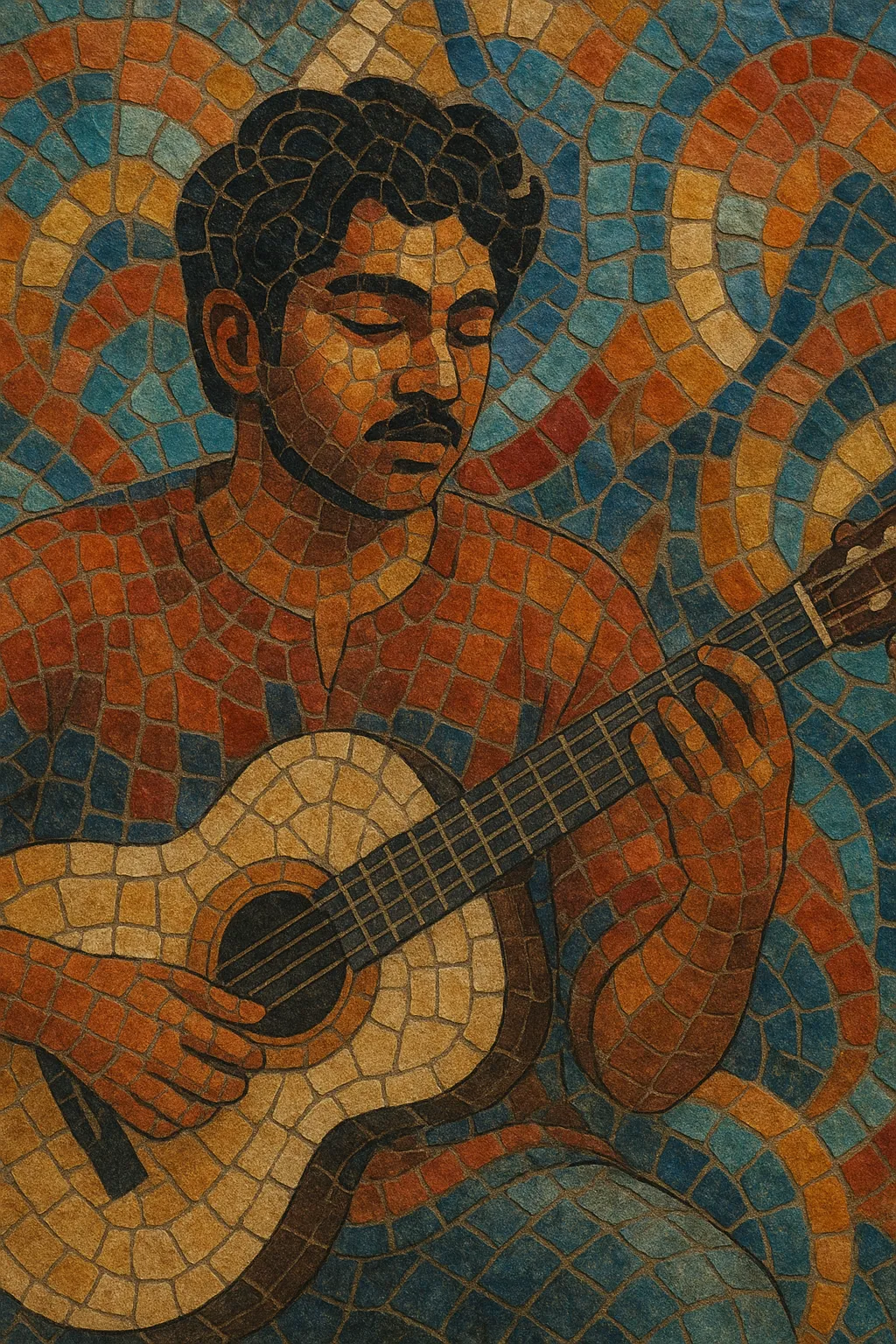Tamil indie is a contemporary independent music movement centered on Tamil-language songwriting outside the Kollywood film ecosystem.
It blends global indie aesthetics—bedroom pop intimacy, indie rock guitars, dream-pop atmospherics, and electronic textures—with South Indian melodic sensibilities and Tamil lyrical poetics. Artists often draw on Carnatic ragas, folk grooves from Tamil Nadu, and urban gaana cadences, while embracing DIY production and digital-first release strategies.
The scene is transnational, with hubs in Chennai and diasporic communities (Sri Lanka, Singapore, Malaysia), and thrives on YouTube, streaming platforms, and boutique labels/platforms that champion non-film Tamil music.
Independent Tamil songwriting began to coalesce as affordable home-recording tools, social media, and early streaming unlocked direct-to-audience releases. College bands, small Chennai venues, and city-specific showcases (along with festivals and exchange platforms in the region) provided the first stages for Tamil music made outside film.
By the mid-2010s, a critical mass of acts embraced Tamil lyrics with indie pop/rock and electronic production. Singer-songwriters and bands cultivated a distinct sound that referenced Carnatic modes and Tamil folk rhythms while adopting global indie tropes like lo-fi timbres, reverb-laden guitars, and intimate storytelling. Parallel to this, the rise of Tamil hip hop and protest-focused collectives broadened what "indie" could mean in Tamil—encompassing rap, gaana-inflected grooves, and social commentary, yet remaining firmly non-film.
Viral singles, high-profile collaborations, and new indie-centric platforms amplified the scene beyond niche audiences. Artists leveraged YouTube and streaming playlists to reach pan-Indian and diaspora listeners. Several independent voices crossed into mainstream consciousness, influencing the sonic palette of Tamil pop and occasionally informing film scores without losing the indie ethos of creative control and Tamil-first storytelling.
Tamil indie is a vibrant, transnational ecosystem—from Chennai to Singapore and Colombo—where DIY producers, bands, and singer-songwriters release singles and EPs at a steady clip. The genre continues to evolve through collaborations between folk practitioners, rappers, and indie producers, and by fusing Carnatic/folk motifs with bedroom pop, dream pop, and left-field electronics.


